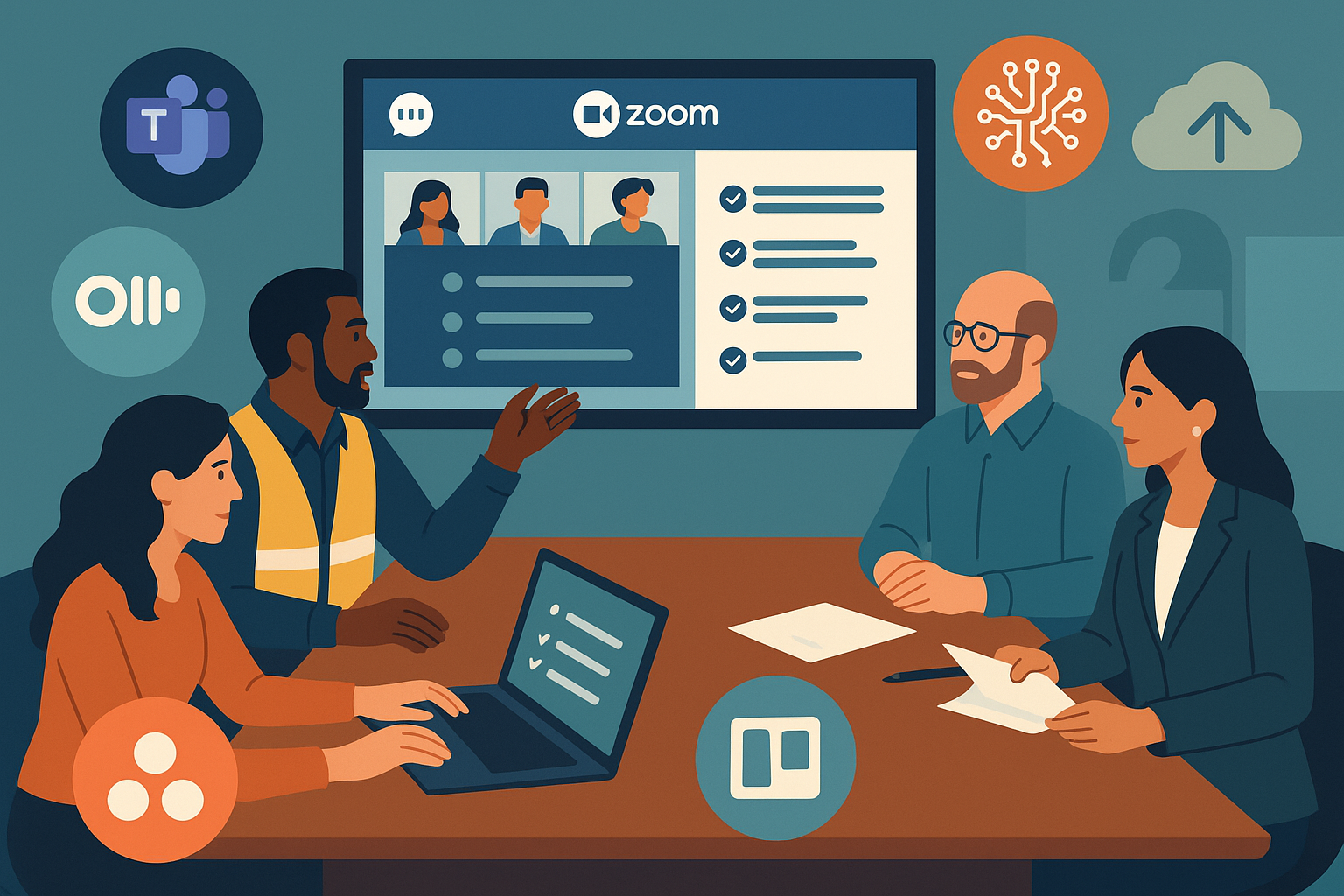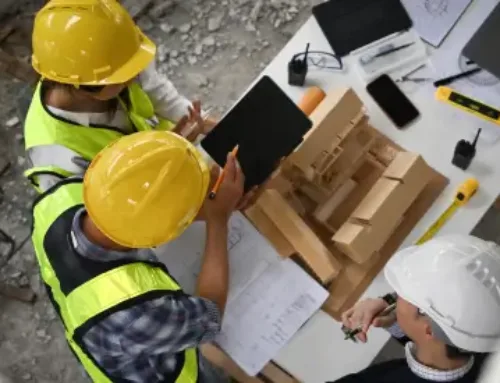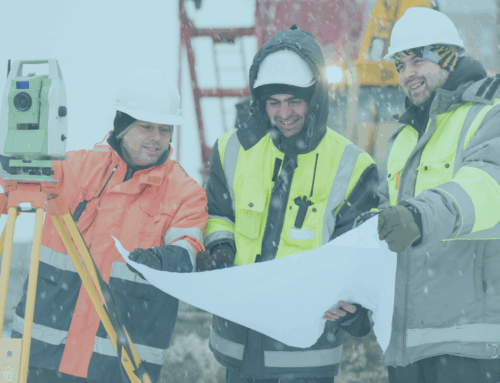Smarter Meetings: Tech Tools and Habits That Make Every Department More Efficient
In the fast-paced world of construction, time is money, and nowhere is that more obvious than in meetings. Whether you’re in HR, accounting, project management, or leadership, you’ve likely experienced meetings that could’ve been shorter, sharper, or skipped altogether. But meetings aren’t going away anytime soon. The good news? With the right tools and habits, they can become significantly more productive—and less painful.
1. Use the Right Tools to Stay on Track
Modern meeting tools can drastically cut down on confusion and repetition. Platforms like Microsoft Teams, Zoom, and Google Meet are now staples, but it’s how you use them that matters. Features like screen sharing, live chat, and file integration help centralize information and reduce follow-up emails. Tools like Otter.ai, Sembly, and Fireflies.ai offer real-time transcription and automated note-taking, ensuring no key points get lost. According to a report by Forbes, companies using AI-driven meeting tools have seen up to a 20% reduction in meeting-related miscommunication1.
2. Set Clear Agendas and Expectations
Even the best technology can’t save a poorly planned meeting. A structured agenda sent in advance gives participants a chance to prepare and signals that their time will be respected. Harvard Business Review found that only 37% of meetings actively use agendas, yet those that do are significantly more likely to end on time and result in clear action items2. Whether you’re hosting a weekly check-in or a cross-departmental planning session, stick to the agenda and assign time limits to each topic. For hybrid or remote teams, also designate a tech-savvy facilitator to manage screen shares, breakout rooms, and chat flow.
3. Follow Up with Action, Not Just Notes
Efficient meetings don’t end when the call does. Summarizing key takeaways and assigning clear next steps—ideally within an hour—keeps momentum going and builds accountability. Many AI tools now integrate directly with platforms like Asana, Trello, or Microsoft Planner, turning action items into tasks with just a click. For HR or admin teams, this makes it easy to track progress without chasing emails. And for leadership, it ensures strategic discussions lead to measurable outcomes.
Conclusion
When meetings are run thoughtfully—with the right mix of structure, technology, and follow-through—they become valuable tools rather than time drains. In construction, where every role from the field to the front office is connected by collaboration, improving your meeting game can create ripple effects across the organization. Whether you’re introducing AI note-takers or simply enforcing a no-agenda-no-meeting rule, small changes can lead to significant improvements in how your team works together.
Author: SLC3
Sources:
Forbes, “AI in Meetings: The Secret to Workplace Productivity?” https://www.forbes.com
Harvard Business Review, “Why Your Meetings Stink—and What to Do About It” https://hbr.org






